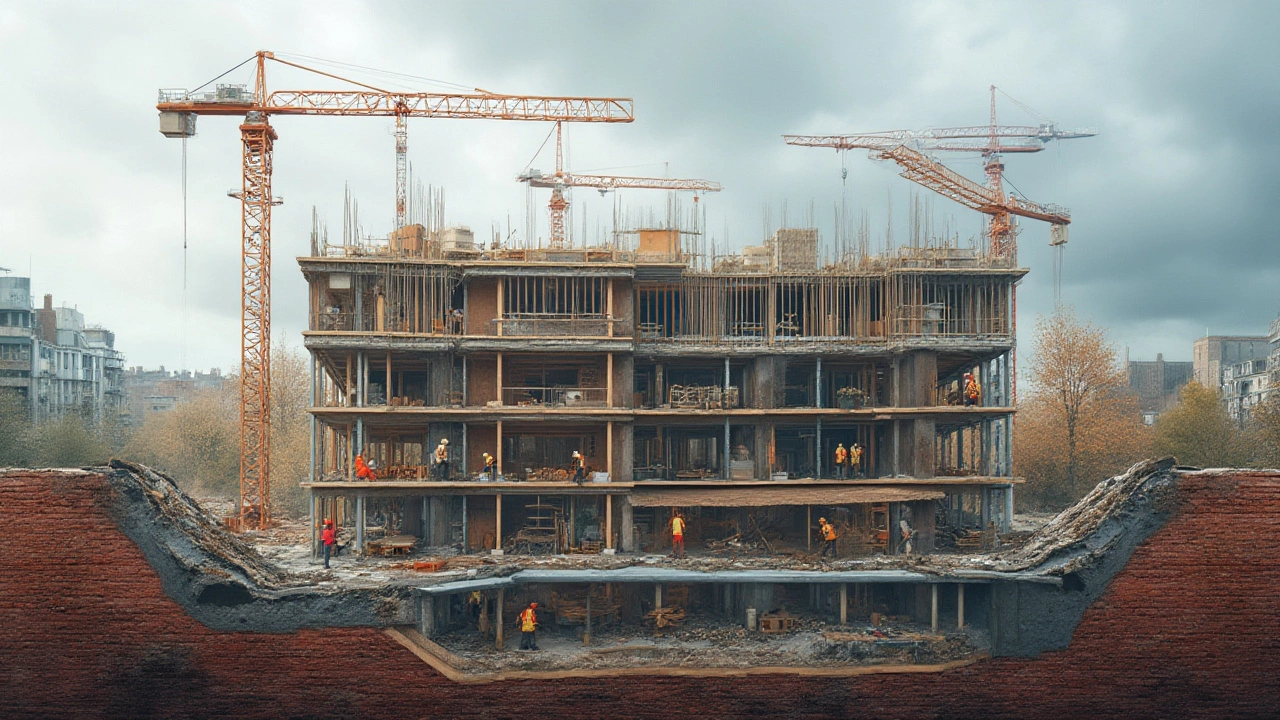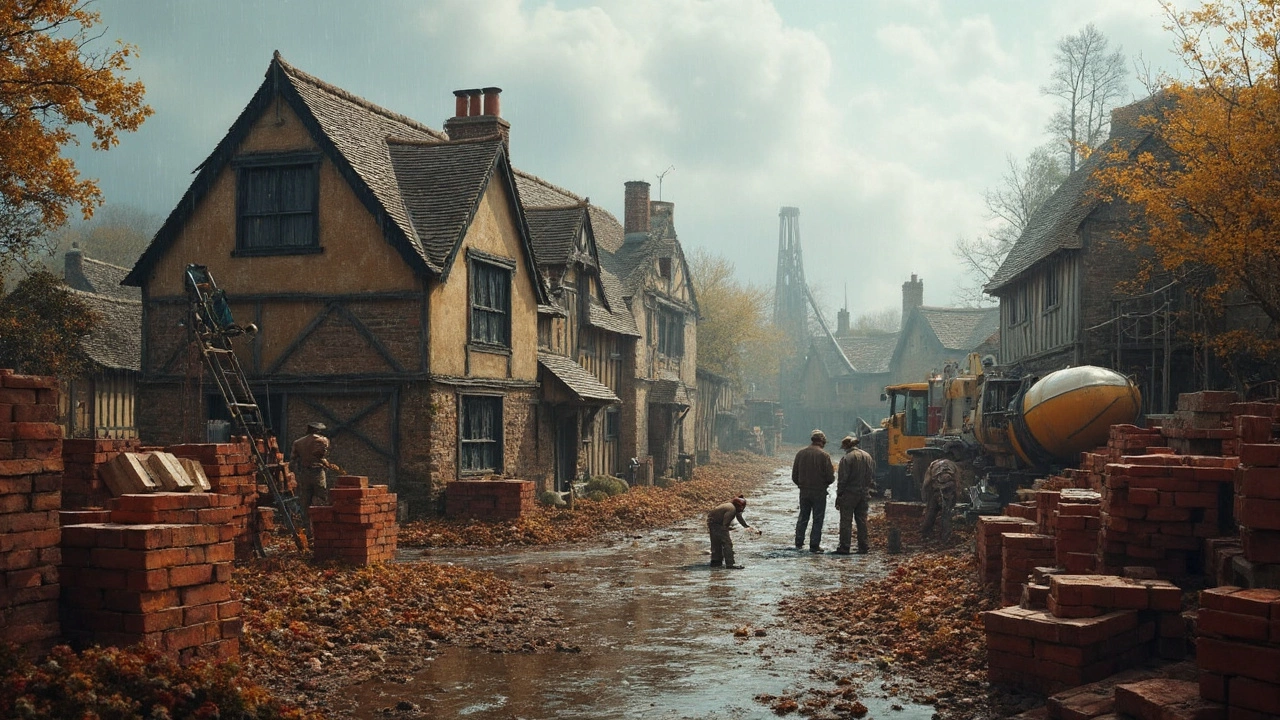Building Materials: Your Quick Guide to Choices, Issues & Solutions
Whether you're re‑flooring a living room or fixing a cracked foundation, the right building materials make all the difference. On this page you’ll find straight‑to‑the‑point advice on everything from hardwood floors to mold‑proof walls, plus tips on spotting problems before they cost you a fortune.
Choosing the Right Materials for Your Project
Start by matching the material to the room’s purpose. Engineered hardwood and luxury vinyl plank are topping the living‑room charts in 2025 because they look great and handle traffic well. For bathrooms, water‑resistant tiles or waterproof vinyl keep moisture at bay and cut down on mould risk.
If you’re building a new home, concrete, steel and wood remain the backbone of any structure. Concrete provides strength, steel adds flexibility, and timber offers a warm finish. Pick the mix that fits your budget and the local climate – a damp area needs extra moisture barriers, while a dry zone can get away with lighter insulation.
Common Issues and How to Fix Them
Mould shows up when moisture lingers in walls or flooring. Keep indoor humidity under 60 % and use de‑humidifiers in basements. If you spot a musty smell, wipe the affected area with a vinegar solution and consider a professional inspection.
Foundation cracks are another headache. Small hairline cracks can often be sealed with epoxy, but larger shifts may need underpinning or piering. Spotting uneven doors, sloping floors or visible gaps in walls usually signals a deeper problem that needs a structural engineer’s eye.
Roofing costs can jump quickly, especially with premium materials. When you get a quote that seems high, compare it against average UK roof replacement prices and ask the contractor to break down labour, waste removal and any extra fittings.
For DIY‑friendly upgrades, start with scatter cushions or simple storage hacks to refresh a space without tearing out walls. A clever cushion arrangement can add colour and comfort, while hidden shelves make a small bathroom feel bigger.
Finally, keep an eye on trends but don’t chase every fad. Timeless styles—neutral palettes, classic wood grain and subtle patterns—hold their value longer than bold, seasonal colours. Use trending finishes as accents rather than the main look.
Got a specific question about a material? Browse the articles below for deeper dives on mould health risks, foundation repair methods, flooring trends, and more. Each piece gives you practical steps you can act on today, so you’re never left guessing about the next step in your project.
Understanding Construction Materials: Types, Uses, and Essential Facts
- Gavin Whitaker
- |
- |
- 0
A deep dive into construction materials: what they are, types, uses, how to choose, and which are driving innovation in the building world right now.
View moreUnderstanding Building Materials vs. Construction Materials
- Gavin Whitaker
- |
- |
- 0
While building materials and construction materials might sound like the same thing, they serve different roles in construction. Building materials are the actual stuff you use to put together a structure, like bricks and timber. On the other hand, construction materials include the tools, machines, and equipment that help assemble these structures. Understanding the differences can help builders and homeowners choose the right materials for their projects, ensuring efficiency and durability.
View more
